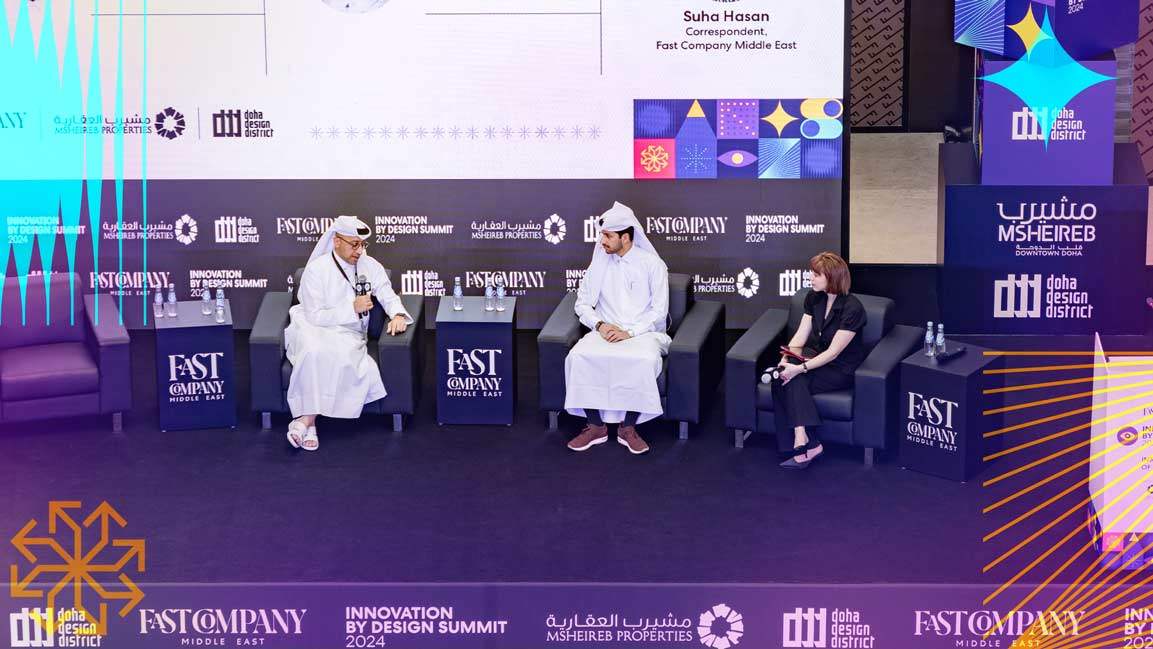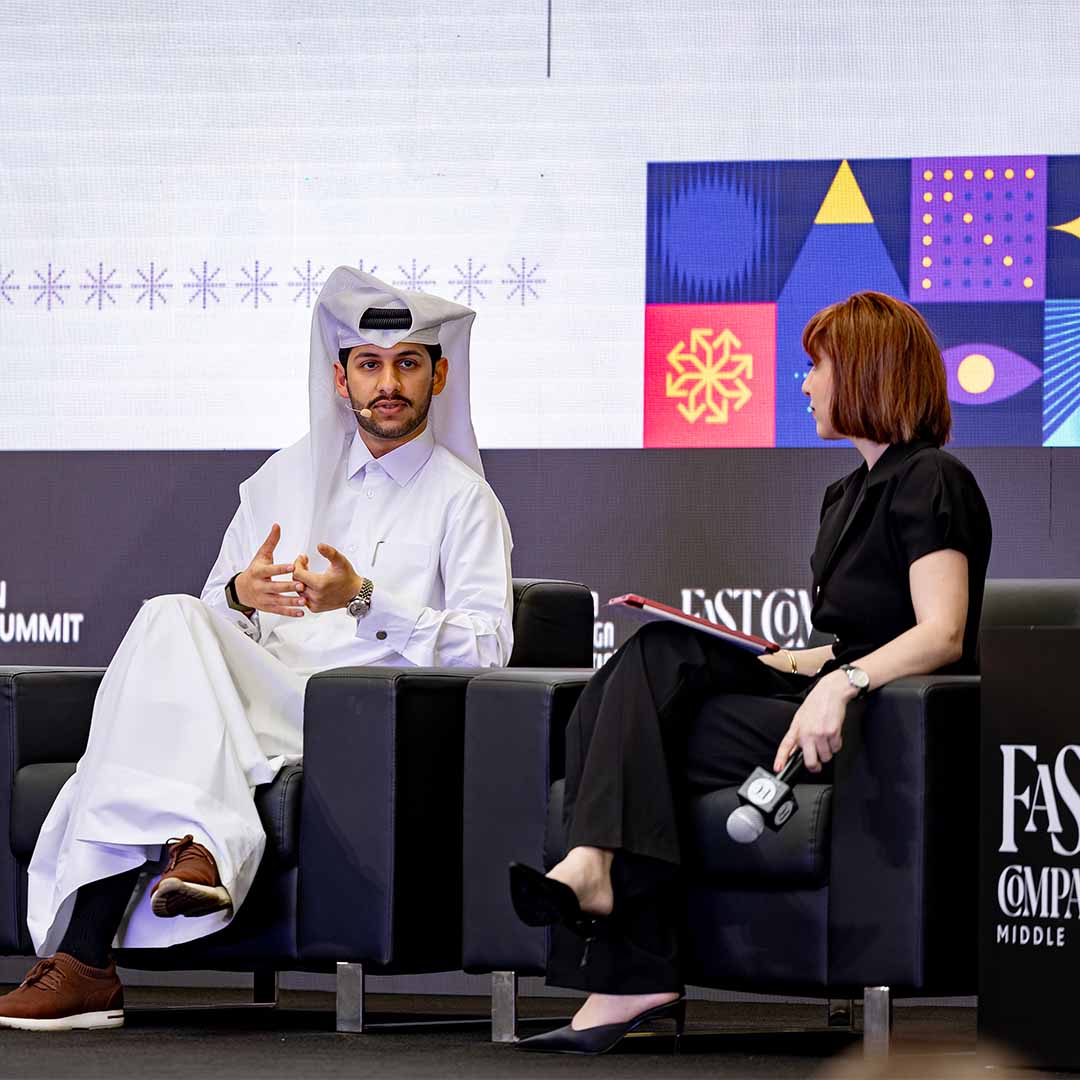- | 9:00 am
Is technology enhancing or stifling creativity?
While it can help automate some processes, people in the creative field fear technology may hinder human creativity.

The rapid rise of technology has become a double-edged sword in the creative realm. It fuels innovation, yet a growing concern lingers: could it someday outshine or even replace the human touch in creativity?
The rise of artificial intelligence, illustrated by tools like ChatGPT, has unlocked new avenues for creative expression. However, some within the creative field harbor reservations about technology’s integration into their work.
A PwC report estimates that AI could contribute $320 billion to the Middle East economy by 2030. The UAE is expected to experience the greatest impact, with AI potentially accounting for nearly 14% of its GDP that year. Saudi Arabia is projected to see the largest absolute gains, with AI contributing an estimated $135.2 billion to its economy.
The remaining GCC countries – Bahrain, Kuwait, Oman, and Qatar – are also expected to benefit significantly from AI. Their combined contribution is projected to reach nearly $46 billion by 2030, representing approximately 8.2% of their collective GDP. Egypt stands out as another promising market, with AI expected to generate an impressive $42.7 billion, or roughly 7.7% of its GDP, by 2030.
While the increasing adoption of technologies by businesses and governments throughout the Middle East promises a significant positive impact, differentiating between technological advancement and human creativity can pose a challenge.
At Fast Company Middle East’s Innovation by Design Summit, held in partnership with Msheireb Properties, at Qatar’s Doha Design District, this paradox begs a simple yet complex question: Is technology enhancing or stifling creativity?
Mohammed Al-Qassabi, Head of Robotics and AI at Qatar Scientific Club and Senior Security Data Scientist at QatarEnergy, emphasizes that the impact of technology hinges on our choices in its utilization. He states, “AI is helping us. If we use it correctly, we can utilize better costs and be more creative in some areas.”
On the other hand, Nayef Al-Ibrahim, Founding Partner and CEO of Ibtechar, sees technology as a catalyst for advancing humanity. He says, “Any time we introduce a new tool or technology, we either disrupt an existing scene or replace an existing use of it. With that, we introduce new methodologies, a new way of doing things, which might support an existing skill, change an existing skill, or require a new skill.”
FINDING THE RIGHT BALANCE

Incorporating technology, particularly within creativity and design, involves finding the right balance over time. Each tool and technology brings its own set of benefits and drawbacks.
Al-Ibrahim breaks down this process into three key components: technology, humans, and the governing framework.
“Technology goes through a maturity curve, and for humans to interact with the tool, there is a learning curve. Together, they form a governance framework to ensure maximum usage to benefit humanity,” he says.
Al-Qassabi emphasizes the importance of recognizing that while automating every process may not be feasible, certain procedures can streamline consumer tasks and yield quicker outcomes.
For instance, when a team of designers collaborate, they typically engage in a design thinking process to generate innovative and creative ideas, which demands time and effort.
Al-Ibrahim highlights that tools like ChatGPT enable tasks to be completed in seconds. “The skillset demanded from humans will transition from investing time in creative thinking to evaluating the outcome of ChatGPT’s contextual application. Simultaneously, they must establish relevance between the tool and its strategic deployment.”
Technology in the creative field also brings forth benefits. Al-Ibrahim highlights that NFTs allow creators to monetize their work directly in the market. Another advantage is that it provides these creators unrestricted access to a global audience and potential buyers.
Moreover, Al-Qassabi explains that the perspective on this issue varies among three distinct groups with differing opinions. The first group believes AI is gradually usurping human roles, prompting humans to resist AI to assert their agency. The second group contends that humans possess greater intelligence than technology and AI. However, the third group holds the most influential viewpoint, advocating for the collaboration between humans and AI as the pivotal factor for progress.
“We can achieve much bigger things if we work with AI, not against AI. It’s not a war between humans and technology. It’s about how we can utilize these tools for much better and more creative results,” he adds.
AN EDUCATED GUESS

The current process is functional but could be made more efficient, improved, or enhanced. To achieve this, people in the creative field need to be willing to incorporate technology into their lives and work.
“It’s about the appetite, the willingness. Regardless of age or culture, it’s about our perception of technology as something that will help us. The question is, do we want to advance or not?” says Al-Ibrahim.
Education and training in technology are invaluable investments. Al-Qassabi highlights the importance of equipping students with technological skills from an early age. This ensures that they can efficiently utilize these tools when they enter the workforce.
Recognizing that ChatGPT is prone to errors, he advises students to approach it differently. Rather than relying on ChatGPT to complete tasks for them, he suggests that they utilize the tool as a resource to learn how to perform the task themselves.
“Universities and schools may restrict these tools to prevent misuse,” acknowledges Al-Qassabi, “but I believe it’s equally important to equip students with the skills to leverage them effectively for better learning outcomes.”
Policymakers, similarly, play a massive role in technology deployment, creating less concern for those in the creative field.
“Policymaking needs to shift from a reactive stance to a proactive one,” urges Al-Ibrahim. “We need open spaces for experimentation and interaction with new technologies. This will promote a more informed approach in the long run.”
The summit ended with the inaugural Msheireb Innovation in Design Awards, recognizing the pioneers whose creativity has shaped our society today.








































